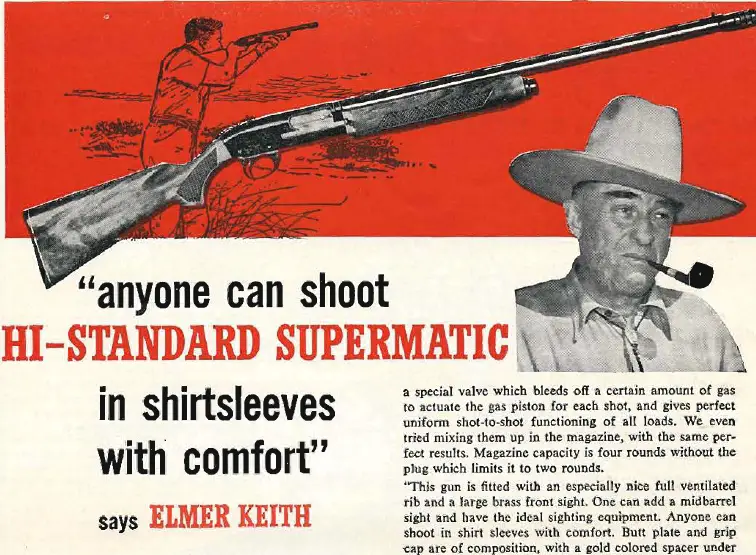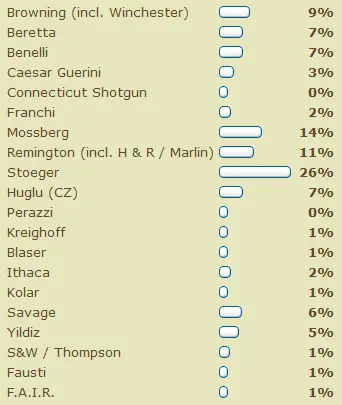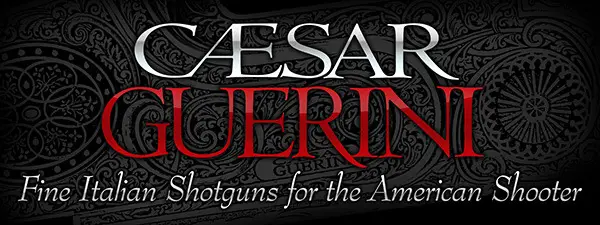


How Bad Are Turkish Shotguns, Really?

My first 20 gauge was a High Standard Supermatic Trophy autoloader and it was a pretty good-looking single shot. Country of origin today is largely an obsolete term in shotgunland, but branding sourced parts and marketing things from somewhere is anything but new. The "perfect uniform shot-to-shot functioning of all loads" is a fine thing: it is a pity that isn't exactly what happens.
The short version is, “pretty gosh darn awful.” Like anything else, the short answer doesn't tell the full story. We had the idea that the Japanese could not properly manufacture anything beyond an A.M. radio at one time, yet it is now clear that they can do a lot more than that, having thoroughly embarrassed the electronics, automobile, and optics industries of other nations. The same is true of Chinese product, once universally the object of derision the United States runs on Chinese product in several areas, and they are capable of both excellent and poor quality product.
It isn't that any country is immune from forgettable product. Rumor has it that Italy might actually have some crime and corruption, somewhere. Yet, by and large the sole reason to consider a Turkish shotgun (or a Spanish muzzleloader) is a cheap price.
The United States has its own firearm standards, voluntary standards at that, but they are still published standards. In Europe, we have the C.I.P. body of standards for firearms, standards that more or less carry the force of law, yet can be ignored in shipments to the United States which is not a CIP signatory. The standards for Turkish product are dubious, for Turkey is not part of the C.I.P. nor need they pay any attention to SAAMI voluntary standards. The “cooperative” type of company, as in Spain and Turkey, often has piece-workers and the person that is supposed to be in charge of quality control is sometimes the same person making the part: not an environment that is conducive to consistency or quality.
A recent poll asked the question, What two brands of shotguns leave you "LEAST SATISFIED"?

While not scientific or based on specific criteria (you might want to contract Scott Rasmussen for something of that nature), the trend is a very clear one. The only brand to hit above 20%, Stoeger at 26%, is Turkish through and through. Add in the 5% of Yildiz, the 7% of Huglo, and whatever part of the 15% attributed to Mossberg you'd like to attribute to the Khan-made “Silver Reserve,” you have, at the very least, a very weak reputation when it comes to shotgun brands of Turkish origin.
There are some bright spots, though, as in the recently reviewed Weatherby SA-08 twenty gauge autoloader. While CZ-USA has had better luck with their O/U models than their autoloaders based on what I've tested, still they do offer a five-year warranty and dependable warranty service. A review of the CZ 920 twenty gauge autoloader is forthcoming.
Country
of origin doesn't mean a precise thing, particularly when you consider
that despite the notion of “Made in Somewhere,” that is rarely
the case. Shotguns are full of internationally sourced parts, from stocks
to shims to choke tubes to shell elevators to beads, screws, and springs.
The “Made In” notion is largely an obsolete term and has been
for years. Nevertheless, the notion that Turkish shotguns are garbage
has proven to be more right than wrong, but thankfully there are exceptions.
The best advice is to employ a health dose of skepticism and to be a bit
cautious if you don't want your shotgun to actually be a turkey.
Copyright 2013 by Randy Wakeman. All Rights Reserved.

Custom Search

Custom Search




